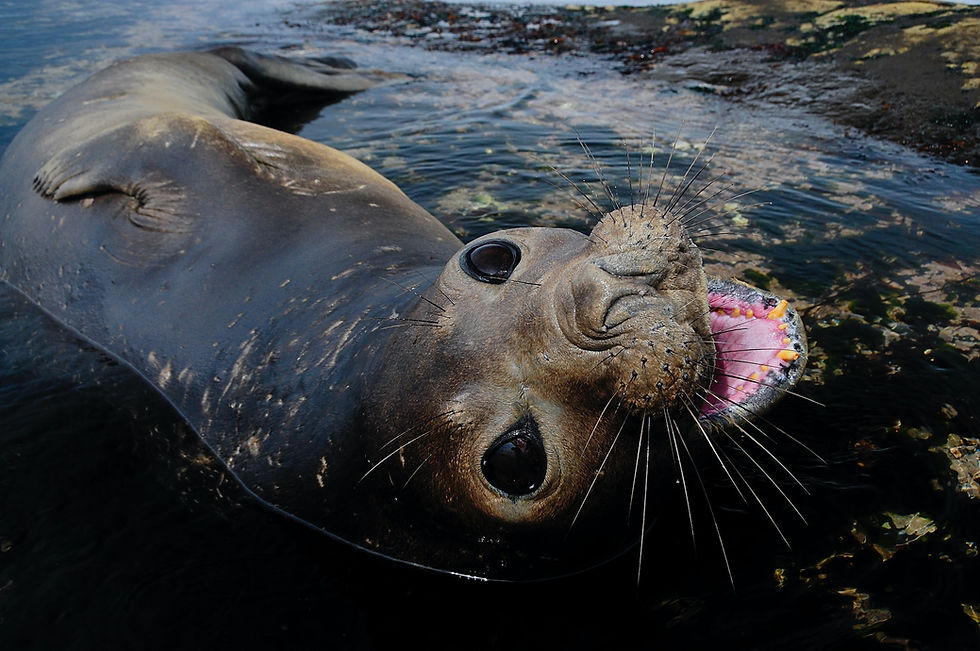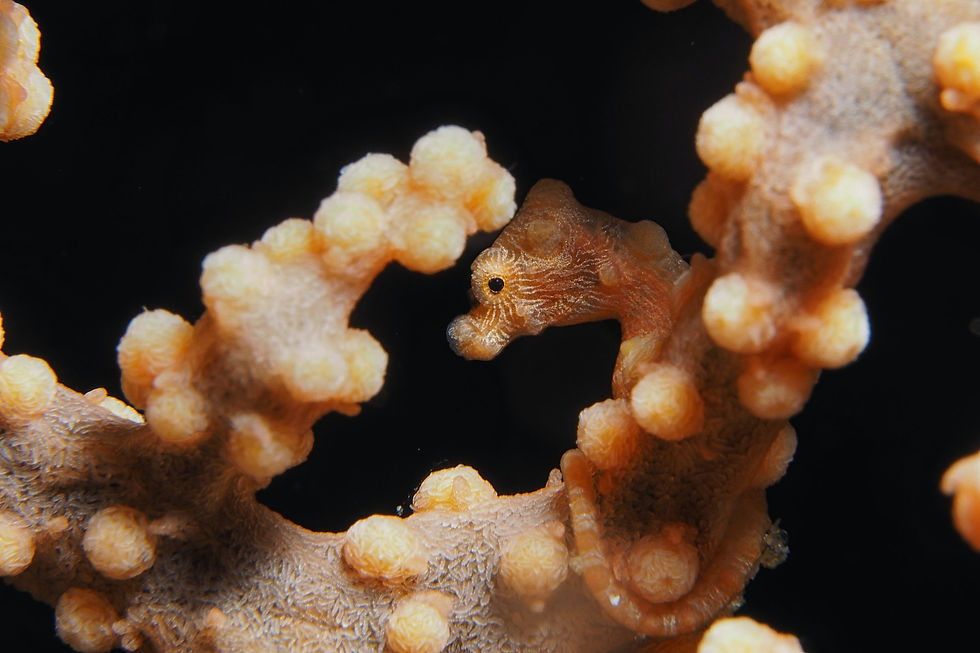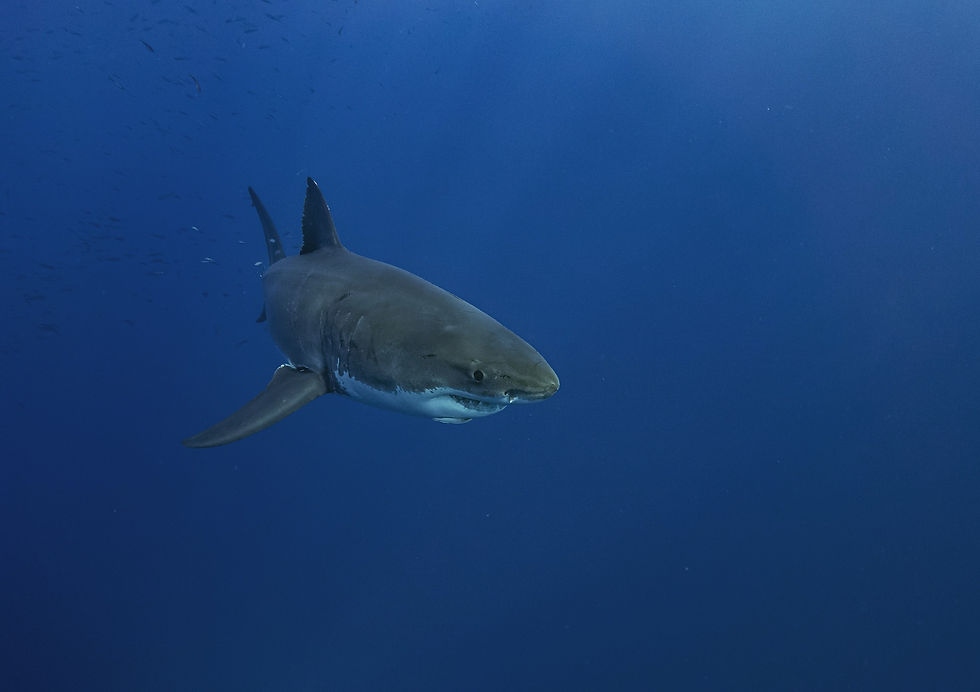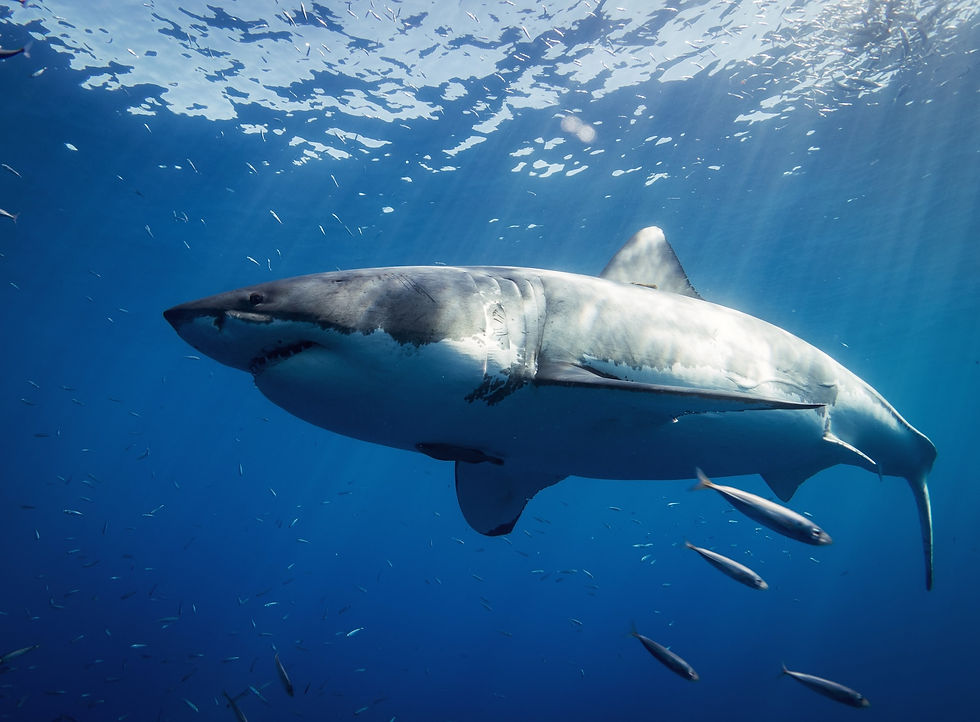Tips to Take Your Underwater Pictures to the Next Level
- Sam H
- Jan 17, 2024
- 6 min read
Getting your underwater pictures to pop can be difficult. However, you can take your imaging to another level with a few small steps. The good news is that none of these measures need much money or investment. Simply the application of your passion for underwater photography and some time.

So before you grab your mask and fins, put your iPhone in its underwater iPhone case and head out to the ocean, check out these small tips to help you take your underwater imaging to another level.
Develop a Pre-Dive Routine
Before you even get in the water, you should develop a pre-dive camera check. You do a pre-dive buddy check to eliminate any problems with your scuba gear. It would be best if you did the same with your camera gear.
Make sure to develop a check that covers the essential things that would ruin your dives. Does your camera housing leak, are your batteries fully charged and ready to go? Is your lens cap off, and do you have any unsightly blemishes or debris on your lenses?
Develop a routine and stick to it before every dive. There is nothing worse than a giant stride off a dive boat descending on your dive, turning your camera on only to discover that your battery is about to die or that your memory card is full, and now you are spending your time looking at your screen trying to delete image so you can take other one. In the meantime, you are missing and swimming by some great underwater picture opportunities.
You would not dream of jumping into the ocean without a pre-dive check; you should give your camera gear the same care and attention!
Learn About Your Subject
If you like turtles, do you know how many types of turtles there are? Where do they usually live, eat, and where can you find them? If you know the answers to these questions, you are far more likely to find your subject on a dive and manage to get some awesome underwater pictures of turtles.
Clearly, this strategy does not only apply to turtles. Make an effort to study and learn about your favorite subjects. Understand where to look and how they behave. Once this information is in the back of your mind, you will find yourself locating your subjects with greater ease. The more you know about your subjects, the easier and better your photography tasks will become.

Take, for instance, pygmy seahorses. These tiny critters are about 2cm - ¾ inch in length or less. As you would imagine, finding them on a big dive site would be challenging, to say the least. However, after some study, you would know they live almost exclusively on Gorgonian corals. So in effect, if you specifically target pygmy seahorses, you can ignore the entire dive site and simply zero in on the gorgonians to look for them.
You can take learning about your subjects to the next level by asking local guides. That may let you find your target even quicker; if you know to search gorgonians, but also which gorgonian coral to search.
Shoot Up
By far, the most minor change you can make to your composition that will take your underwater pictures to the next level is to shoot up. Check out many images; most of the best ones share one thing in common. They are shot upwards. Shooting upwards improves lighting and just makes photos better across the board.
Take, for instance, the following two images of a great white shark – possibly the same creature. The first is shot from above and is a perfectly fine image of a great white where you can see its mouth, eyes, and virtually all of its body.

The second image is shot from below, and you get a better view of the animal’s mouth, more of the animal’s underbelly. You can see about the same amount of the shark as you can in the first image.

Now, ask yourself which is your favorite, not better, just which image you prefer. You will find that most people tend to prefer the second one. The second image, shooting from below, generates a sense of motion and creates the impression that the shark is doing something.
Keep in mind that shooting up does not only work with large animals; shooting up also works in the macro world. Some of the best nudibranch and sea slug images you will see will be shot in an upward direction.
Get Up Close and Personal
The closer you get to your subject, the better quality your underwater pictures will be. Depending on the type of subject – there is a limit to how close you can get to a great white shark outside of a cage – the closer you get, the better.
Bear in mind that there is no set rule on the distance. For instance, when it comes to nudibranchs and sea slugs, many photographers will get as close as humanly possible as long as the camera can focus and they don’t harm or touch their subject. It is not uncommon to see people shooting nudibranchs an inch or two away from the camera lens.

Even bigger subjects benefit from getting close and personal; the closer you get, the more your image can capture. From stunning colors and patterns to scars on the creature’s skin, every element you capture adds to the richness of the image and gives your underwater pictures an additional depth of character.
The key to getting close is finding balance. Many marine creatures do not like divers and are intimidated by the giant shape-blowing bubbles coming toward them. The key to getting close is doing it very gradually. Give your subject time to get used to your presence, and you should be able to “sneak up” on them to get the perfect shot.
Obviously, safety needs to be your primary concern when getting close to a subject. Not only for your protection and if you are putting yourself in danger of getting this close. But also that of the subject and the reef surrounding it. Make sure you know you are not stressing your subject or causing any damage to any other forms of life as you try and get close to your target.
Practice On Land
Your camera and its controls should be second nature to you. Not only should you be able to seamlessly dial in the right setting for the image you want to take, but you can also make small adjustments to your settings without looking.
To do this, you need to practice on land. Place your camera in its housing and head out to snap away. You can then spend significant time learning your housing, camera, and settings, whether you want to zoom in a little, change your f-stops, or even shutter speed. With practice and time, you can dial these in without even thinking about them.
Doing this means you can focus on your subjects in the water instead of staring at your housing, looking for the following setting!
Study Other People’s Work
You cannot figure out everything in life on your own, and the same is true for underwater pictures. Photographers build on the work of others. Take an interest in what other photographers are doing. Look at their work and see what is trending in subjects, composition techniques, and the latest developments in equipment.
Keeping up with what others are doing will let you learn far more than you can ever imagine. So invest some time in following underwater photographers on social media. Read books on underwater photography and stay current. The small tips and tricks you pick up will prove valuable to you on your journey of underwater pictures.
Perfect Your Buoyancy
The bottom line for anything involving diving is that perfect buoyancy is key. Without excellent buoyancy skills, you cannot take stunning underwater pictures. Taking amazing pictures requires concentration and focus. To do so, you need to be stable and comfortable in your position in the water.
If you lack perfect buoyancy, focusing entirely on your images is impossible. Instead, you will always be half-focused on maintaining your position in the water column. Are you sinking and need to adjust or rising and now need to free up a hand to let some air out of your BCD or wing? Does your breathing change as you are about to take an image? All these will have a negative impact on your underwater pictures.
Not to mention while you are going through all the buoyancy gymnastics, any critter or creature that can move reasonably fast is likely to be long gone by the time you have finished your buoyancy dance and are ready to take their picture.
Working on your buoyancy is as important as understanding your camera settings, composition, and photography principles. So, take your time and practice your buoyancy skills. If you need to take a peak performance buoyancy course, do so to fine-tune and develop your skill. However, remember, when it comes to buoyancy, there is no substitute for time in the water.


AV在线看 AV在线看;
自拍流出 自拍流出;
国产视频 国产视频;
日本无码 日本无码;
动漫肉番 动漫肉番;
吃瓜专区 吃瓜专区;
SM调教 SM调教;
ASMR ASMR;
国产探花 国产探花;
强奸乱伦 强奸乱伦;
AV在线看 AV在线看;
自拍流出 自拍流出;
国产视频 国产视频;
日本无码 日本无码;
动漫肉番 动漫肉番;
吃瓜专区 吃瓜专区;
SM调教 SM调教;
ASMR ASMR;
国产探花 国产探花;
强奸乱伦 强奸乱伦;
AV在线看 AV在线看;
自拍流出 自拍流出;
国产视频 国产视频;
日本无码 日本无码;
动漫肉番 动漫肉番;
吃瓜专区 吃瓜专区;
SM调教 SM调教;
ASMR ASMR;
国产探花 国产探花;
强奸乱伦 强奸乱伦;
AV在线看 AV在线看;
自拍流出 自拍流出;
国产视频 国产视频;
日本无码 日本无码;
动漫肉番 动漫肉番;
吃瓜专区 吃瓜专区;
SM调教 SM调教;
ASMR ASMR;
国产探花 国产探花;
强奸乱伦 强奸乱伦;
AV在线看 AV在线看;
自拍流出 自拍流出;
国产视频 国产视频;
日本无码 日本无码;
动漫肉番 动漫肉番;
吃瓜专区 吃瓜专区;
SM调教 SM调教;
ASMR ASMR;
国产探花 国产探花;
强奸乱伦 强奸乱伦;